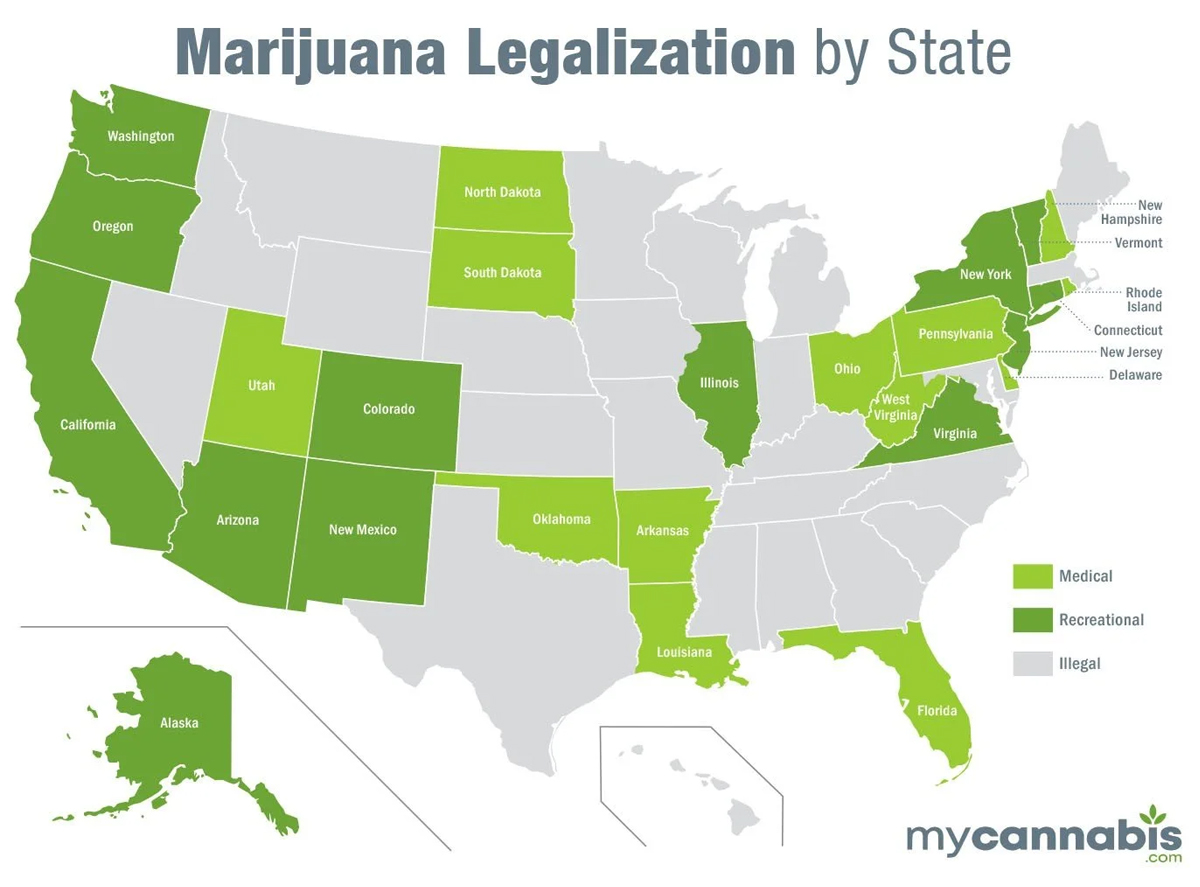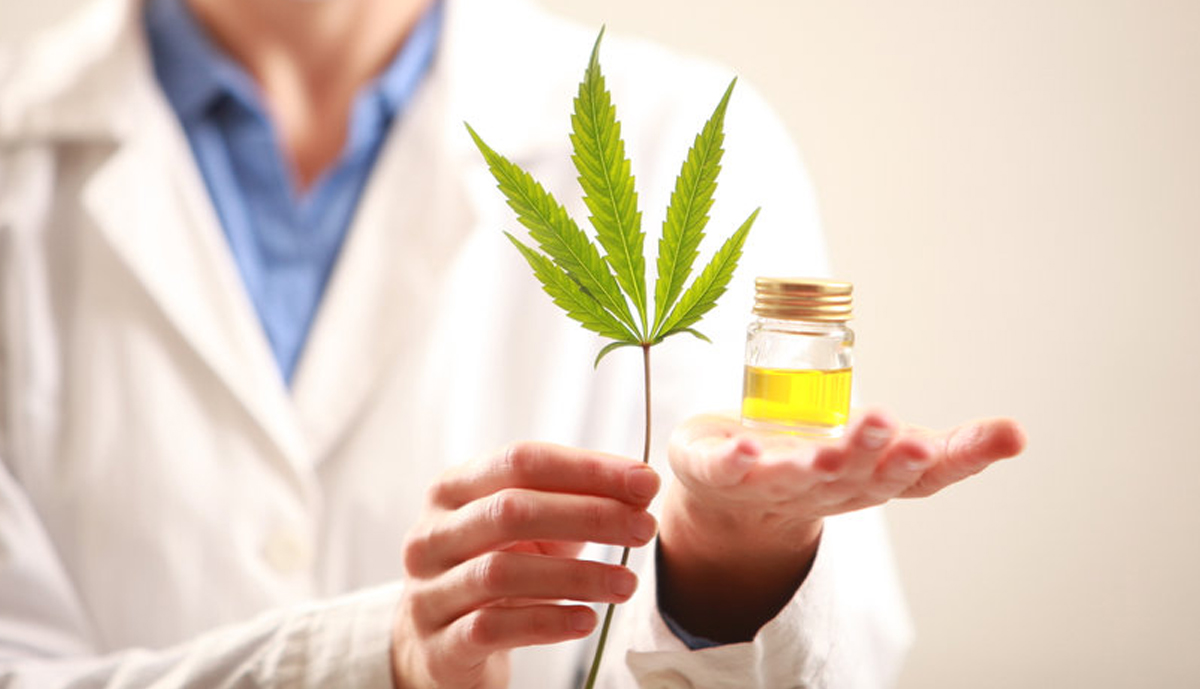As time goes by, cannabis is no longer just a controversial topic, it has gradually become a part of the daily life of many Americans. Especially in the medical field, cannabis is starting to shine. Now, more than half of U.S. states have given the green light to use cannabis to treat medical conditions. Let’s take a look at where in the United States medical cannabis is legal.

Currently, in the United States, the vast majority of states have recognized and legalized the use of medical cannabis, and nearly 50 states have joined the ranks, bringing new treatment possibilities to the medical field.
Overview of states that have legalized medical cannabis:
Alabama: Legalized in 2021 to treat specific diseases such as epilepsy, chronic pain, etc.
Alaska: Legalized in 1998, allowing the possession and cultivation of limited amounts of cannabis.
Arizona: Legalized in 2010, has a medical cannabis program.
Arkansas: Legalized medical cannabis via referendum in 2016.
California: Became the first state to legalize medical cannabis in 1996.
Colorado: Legalized in 2000, then legalized for recreational use in 2012.
Delaware: Legalized in 2011, has a medical cannabis program.
Florida: Passed an amendment in 2016 to allow medical cannabis use under certain conditions.
State of Hawaii: Implemented a medical cannabis program in 2000, allowing registered patients to use it.
Illinois: Passed a law in 2013 establishing a medical cannabis pilot program that was later made permanent.
Maryland: Passed medical cannabis legislation in 2014, establishing a comprehensive medical cannabis program.
Michigan: In 2008, it passed a proposal and became the first Midwestern state to allow medical cannabis.
Minnesota: Passed a law in 2014 allowing patients with certain conditions to use medical cannabis.
Nevada: Allowed medical cannabis by voter vote in 2000.
New Jersey: Implemented a medical cannabis program in 2010 to provide treatment options for serious illnesses.
New York State: Passed the Compassionate Care Act in 2014, establishing a medical cannabis program.
Oregon: Passed the Medical Cannabis Act in 1998 and was one of the first states in the United States to allow medical cannabis.
Pennsylvania: Passed medical cannabis law in 2016 to provide treatment options for patients with multiple qualifying conditions.
Vermont: Legislation allowing medical cannabis was passed in 2004 and has been revised and expanded numerous times.
Washington State: Medical cannabis was allowed by voter vote in 1998, followed by recreational use in 2012.
West Virginia: Passed law in 2017, becoming one of the states to allow medical cannabis.
Ohio: Passed law in 2016 to establish a medical cannabis control program.
Oklahoma: Passed a vote in 2018 to significantly relax restrictions on the use and cultivation of medical cannabis.
New Mexico: Legislation passed in 2007 establishing a medical cannabis program.
North Dakota: Allowed medical cannabis by voter vote in 2016.
South Dakota: Allowing medical cannabis use by voter vote in 2020.
Montana: Passed a voter vote in 2004 to allow the use and cultivation of medical cannabis.
Utah: Passed voter vote in 2018 to establish medical cannabis program.
Virginia: Passed legislation in 2020, becoming the first southern state to recognize the legality of medical cannabis.
Arizona: Medical cannabis was approved by voter vote in 2010.
Maine: Legislation was passed in 1999 to allow the use of medical cannabis.
Why legalize?
Simply put, because it works. A growing number of research shows that cannabis can help treat a variety of conditions, such as chronic pain, epilepsy, and even some symptoms of cancer. Legalizing medical cannabis means making it legally available to those who need it.

It looks like the future of medical cannabis in the United States is bright. As more states join the legalization bandwagon and further research is conducted into the medical value of cannabis, cannabis will play an increasingly important role in the medical field. Of course, all this must be based on strict regulations and reasonable use.























